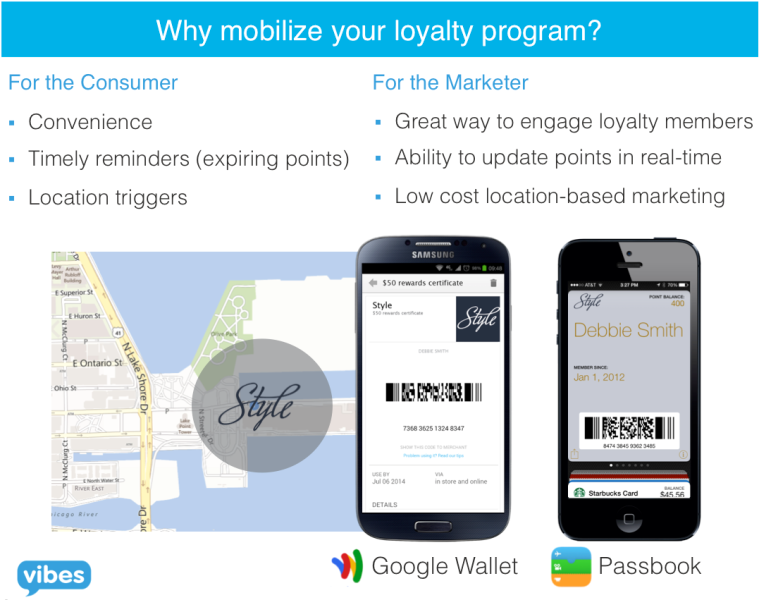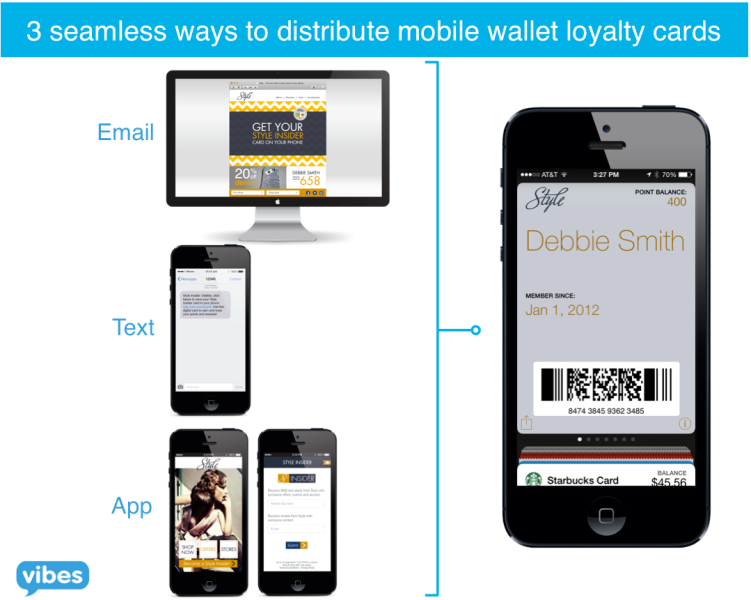Marketers: Ditch The Plastic Loyalty Cards
- Fahad H

- Aug 19, 2014
- 4 min read

It’s no secret: the retail landscape has changed. Brands must work harder than ever before to capture the attention of consumers.
Not only do marketers need to win the battle when consumers choose between purchasing online and buying in-store, but brand offerings must be accessible to their core audience at all times across multiple touch points and devices.
The Current State Of Loyalty
Once the customer is won, his or her cost to switch to another brand is easier than ever, making loyalty critically important. Survey data from Forrester Research shows that 43 percent of marketers have seen an increase in their loyalty budget over 2013, while only 3 percent have seen a decrease.
Customer retention is one of the top three strategic priorities for loyalty marketers, according to a 2013 Forrester survey (PDF).

Meanwhile, a Forrester survey of consumers found that people view loyalty programs as a way to save and engage with their favorite brands, and most people belong to an average of eight loyalty programs.
Because of this, just having a loyalty program is not enough of a competitive advantage for many retailers.
According to Forrester, 41 percent of marketers believe their biggest challenge is ensuring that members are aware of and understand their loyalty program and its benefits. However, 29 percent believe delivering offers with a high, perceived value to be their biggest battle.
Despite the many rewards and offers presented through these programs, the bottom line is that it’s difficult to effectively communicate with shoppers and get them to notice and engage.
It’s Time For New Tools
Google Wallet and Apple’s Passbook allow retailers to mobilize their loyalty programs; and at Vibes, we’ve found that brick-and-mortar retailers stand to benefit most from mobilizing their loyalty programs.
It’s that simple — consumers would no longer have to worry about forgetting plastic cards and reward certificates at home. Google Wallet and Apple’s Passbook leverage the non-payment side of the mobile wallet.
What is the non-payment side of the mobile wallet, and how does it work? In the first part of this series, I highlighted the many benefits of these tools as well as how to engage customers through mobile wallets. The demand for mobile-wallet content has never been greater.
According to a report my company commissioned from independent panel research firm Equation Research, 85 percent of consumers said they saw a benefit in using the non-payment side of mobile wallets. Two of the top three benefits mentioned by consumers centered around loyalty – digitizing paper items and managing point balances.
Benefits To Both Consumers & Retailers
Retailers that ditch the plastic cards not only save on the manufacturing costs, but also avoid the entire cycle of irrelevant and untimely offers. In turn, consumers will take a more active role in the programs they join.
This can lead to more visits to the retailers’ online or brick-and-mortar presence and a better understanding of the program’s value. Overall, digital wallet content promotes acquisition, retention and engagement – and adds to a customer’s lifetime value to help retailers gain a competitive advantage.

Mobile Has The Power To Transform Loyalty
Today’s loyalty strategies focus on relationships, relevance and engagement. Along the way, marketers must keep in mind the three ways mobile transforms loyalty:
Mobile Increases Utility. Mobile eases friction and makes marketing more impactful.
Mobile Boosts Customer Understanding. Mobile strategies put loyalty programs into the hands of customers, enabling a wide range of interactions. In addition, the mobile channel is highly trackable and has more opportunity for interactions.
Mobile Increases Relevance. With greater context and control, marketers can better influence customer behavior by delivering greater value and better meeting customer expectations.
Wrap-Up: 5 Steps/Benefits To Mobilized Loyalty
If you’re like most retailers, you have spent considerable amounts of money and resources to create and roll out your loyalty programs. Now, for a relatively low cost, you can drive deeper engagement with your customers and provide greater value at the same time.
For the consumer, there’s the convenience factor – your loyalty card is with you at all times. For the retailer, you can drive higher engagement and encourage loyalists to redeem more offers and see the true value of the program.
Digitize: Eliminate plastic loyalty cards stored on key chains. This allows you to build closer connections with customers and increase the loyalty program’s relevancy and usability.
Personalize: Develop unique content that directly engages target consumers. This gives consumers access to their personalized information, such as account numbers and real-time loyalty point balance, while also delivering specific offers..
Localize: Distribute timely content through geo-location and beacon technology. This alerts customers about their loyalty cards when they are nearby stores or in shopping aisles.
Customize: Manage all content, branding and loyalty customer information on mobile wallet loyalty cards in real time to provide dynamic mobile loyalty experiences.
Communicate: Engage customers by sending them relevant content such as rewards, certificates, points and content updates and exclusive redemption reminders – all to improve the overall loyalty program experience.

It’s the age of the customer, and empowered buyers demand more from retailers. When retailers mobilize loyalty, it creates additional opportunities to engage, recognize and reward their best customers.
In my next article, I will take a look at how marketers can use location-aware technology -– both in mobile wallet tools and Apple’s iBeacon –- to further drive engagement and build customer loyalty.








Comments